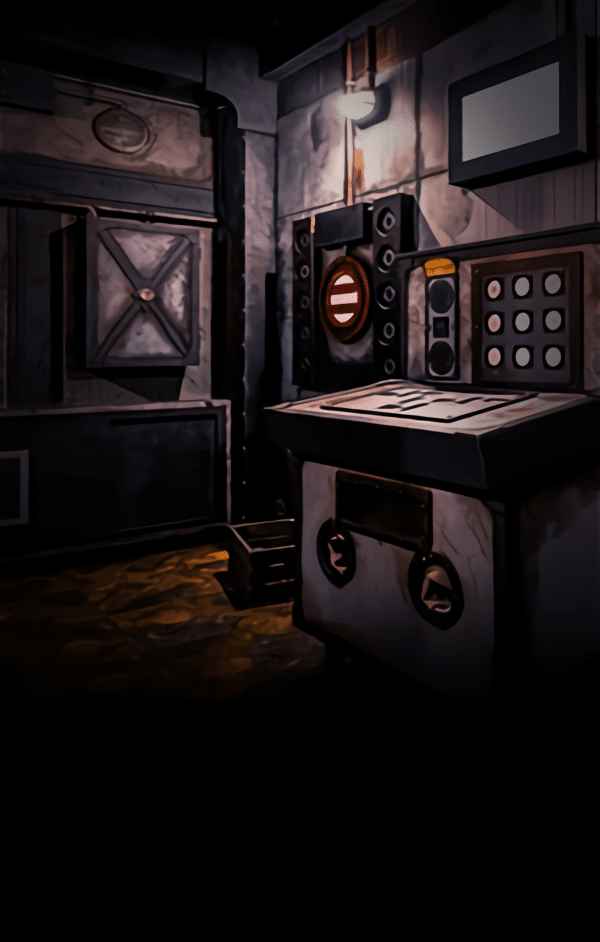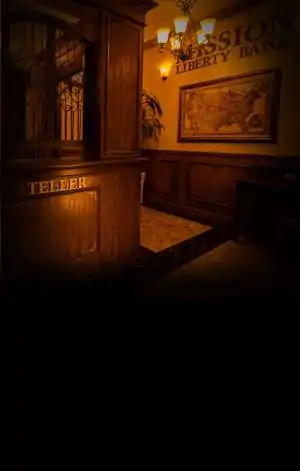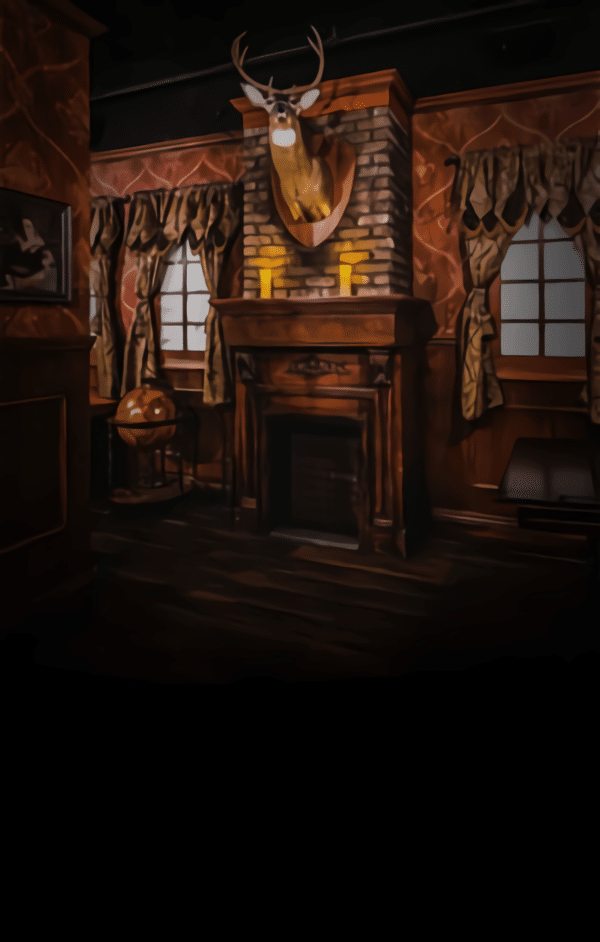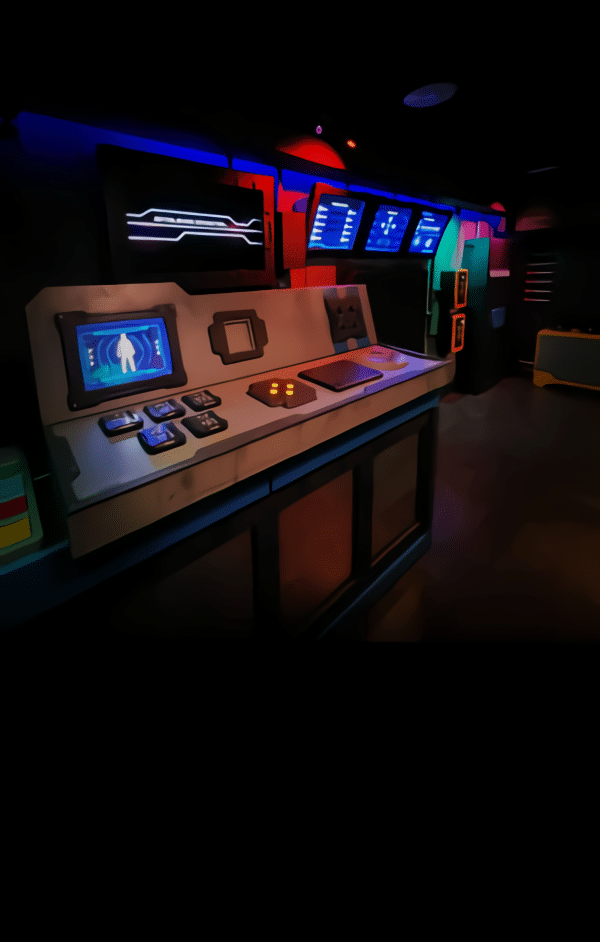Are Clues Provided in the Best Escape Room NYC?
The Role of Clues in Escape Rooms
Escape rooms are built around problem-solving, teamwork, and story-driven gameplay. While the goal is always to “escape” within a set time limit—usually 60 minutes—the path to that goal is often full of riddles, puzzles, and hidden challenges. For newcomers and veterans alike, clues play a pivotal role in keeping the experience engaging and achievable.
But the question arises—are clues provided in the best escape room NYC has to offer? The short answer is yes, but the long answer involves looking at how those clues are delivered, who provides them, and how they elevate the experience. At Mission Escape Games, one of NYC’s top-rated escape room providers, the clue system is an integral part of the fun—and a reason why players come back time and time again.
Let’s break down how clues work at Mission Escape Games and why they’re an essential (and brilliantly designed) part of the escape room experience.
Introducing Mission Escape Games: NYC’s Premier Escape Room
Located in Midtown Manhattan, Mission Escape Games is a standout in the city’s competitive escape room scene. With detailed, story-rich environments, intelligent puzzle construction, and immersive tech, this venue has earned high praise from both escape room newcomers and seasoned enthusiasts.
One of the secrets to its success? The flawless implementation of clues that support the gameplay without giving too much away. Whether you’re a first-timer or a puzzle pro, the staff at Mission Escape Games know exactly when and how to help—ensuring you feel challenged, but never frustrated.
Clues vs. Hints: What’s the Difference?
Before diving into how Mission Escape Games uses clues, it’s worth defining two terms often confused in escape room culture:
-
Clues are items, objects, or narrative elements found within the room. These are part of the game world—like a coded message in a book, a glowing object behind a mirror, or a note that references another puzzle.
-
Hints are provided by the Game Master (GM) if your team is stuck. These are external nudges that help guide you toward the right solution without spoiling the experience.
Mission Escape Games expertly balances both. Their rooms are rich in discoverable clues, while also offering a smart, non-invasive hint system that supports players when needed.
How Clues Are Integrated Into the Game Design
Mission Escape Games puts a premium on immersion. This means that every clue you find in the room is part of the storyline and setting. You won’t stumble across random instructions or fourth-wall-breaking hints. Instead, clues are cleverly disguised as:
-
In-world props (diaries, blueprints, photographs)
-
Tech-enhanced puzzles (UV lights, motion sensors, magnetic locks)
-
Narrative elements (audio cues, video clips, character messages)
In “Escape the Hydeout,” for example, clues take the form of eerie letters and scientific tools that tie into the Dr. Jekyll and Mr. Hyde storyline. In “Cyberpunk Crisis,” clues come in the form of futuristic tech and hacker notes. Each clue is designed to maintain immersion while helping players make logical progress.
The Game Master’s Role in Providing Hints
While physical clues are built into the game, there are times when players hit a wall. That’s where the Game Master (GM) steps in. At Mission Escape Games, each team is assigned a dedicated GM who watches your progress via camera and microphone. Their role is to observe, support, and offer hints—but only when requested.
Hint protocols at Mission Escape Games include:
-
Hints are available on-demand—you ask for help, and the GM delivers it.
-
There’s usually no penalty for requesting hints unless otherwise stated in the specific room.
-
GMs are trained to provide strategic nudges, not outright answers.
The result? A hint system that feels like a supportive teammate rather than a cheat code. Players stay in control of the experience, using hints only when necessary.
Customizing the Clue Experience for Different Players
What makes Mission Escape Games truly unique is how they tailor the clue experience to different types of players. Whether you’re bringing a group of kids, corporate professionals, or experienced gamers, the staff can adjust the level and frequency of hints accordingly.
Custom Clue Options May Include:
-
Automatic hints for family-friendly games or beginner rooms.
-
Minimal hints for expert teams that want a real challenge.
-
Progress-based hints, where the GM nudges you only if you’re falling significantly behind the timeline.
When you book your room, you can often discuss these preferences with the staff in advance. This ensures that your team gets the right level of challenge and support, making the experience feel personal and responsive.
Are Clues Necessary to Win?
Yes and no. Technically, all the clues you need to escape are already in the room. But escape rooms are complex, and not every team will interpret the puzzles the same way. That’s why Mission Escape Games includes the hint system—to keep the game enjoyable for everyone, regardless of skill level.
Many rooms at Mission Escape Games have completion rates between 30–50%, meaning they’re built to be challenging. Without using at least one or two hints, most teams would struggle to escape in time. That said, the clues are never overbearing—they’re designed to keep you moving forward, not to hand you the win.
Examples of Clues You Might Encounter
To better understand how integrated and clever Mission Escape Games’ clues are, here are a few types you might come across:
-
Sequence locks where a clue is buried inside a painting or behind a sound pattern.
-
Color-coded puzzles using lights and objects to guide you to the next stage.
-
Hidden compartments activated by solving a math problem or aligning items.
-
Story-based riddles that unfold over time, leading you through the room’s narrative.
These clues are always contextually relevant and encourage teamwork, observation, and logic. They make you feel smart, not spoon-fed.
What Happens If You Still Can’t Solve It?
Despite the best clues and hints, some teams just don’t make it out in time—and that’s okay. Mission Escape Games emphasizes the journey over the win. After your game, the GM will debrief your team and walk you through any puzzles you missed. This not only provides closure but gives you insight into how the game was built.
Plus, it gives you motivation to return and try another room. Many teams find themselves rebooking immediately after playing, eager to test their skills again.
Clues as a Learning Experience
At its core, using clues in escape rooms isn’t about failing—it’s about learning. Clues teach players how to think differently, communicate more effectively, and pay attention to details. For corporate groups or schools, this makes escape rooms a powerful team-building and educational experience.
Mission Escape Games even offers customized group events where the clue system can be tweaked to highlight collaboration, leadership, or time management skills.
Conclusion
So, are clues provided in the best escape room NYC has to offer? Absolutely—and at Mission Escape Games, those clues are expertly designed to enhance immersion, support players, and keep the challenge rewarding. With a mix of in-game clues and real-time hints from skilled Game Masters, players get a truly balanced experience that caters to all skill levels.
Whether you’re solving a steampunk mystery, stopping a cybercriminal, or uncovering secrets in a haunted lab, you’ll always have just enough support to keep going—without ever feeling like the magic has been spoiled. At Mission Escape Games, clues don’t make things easier—they make the experience richer.
Frequently Asked Questions
Q: Are hints unlimited at Mission Escape Games?
A: Yes, most rooms offer unlimited hints upon request, though the goal is always to use as few as possible for the best experience.
Q: Will clues ruin the challenge of the room?
A: Not at all. Clues are subtle and designed to guide, not give away solutions. They keep the game fun and balanced.
Q: How are hints delivered during the game?
A: Hints are communicated by the Game Master through a screen, intercom, or speaker system inside the room.
Q: Can we choose not to receive any hints?
A: Yes! You can inform your Game Master beforehand that you want a no-hint challenge, perfect for experienced teams.
Q: Do all rooms have the same clue system?
A: While the method of hint delivery is similar across rooms, each game has its own unique in-room clues that match its theme and storyline.









